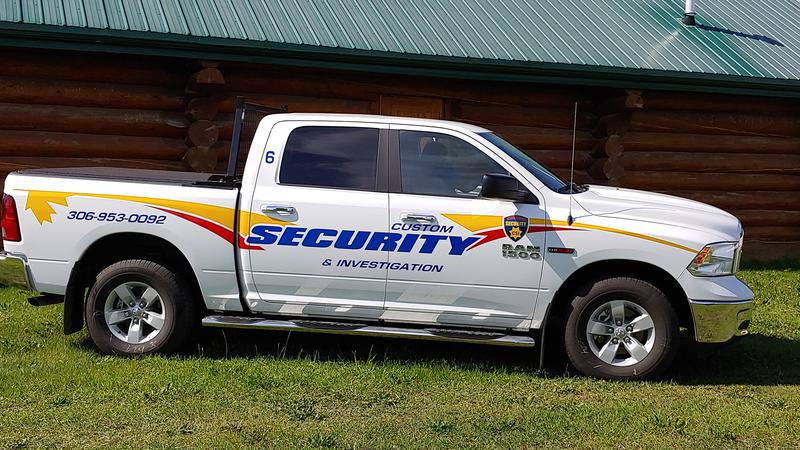
Peter Ballantyne chief calls for changes to fire policy
The chief of the Peter Ballantyne Cree Nation is asking for the province to change how it handles wildfires as his community once again evacuates because of a nearby forest fire.
Chief Peter Beatty was a wildland firefighter himself at one time and said that when the province changed its tactics is when his community started having to evacuate regularly.
The Arm fire (10,000 hectares) on the northeast side of Deschambeault Lake is less than 10 km from the community, prompting leadership to evacuate people with health conditions.
“The smoke from that is coming into the community and creating problems for those with breathing problems and other conditions,” said Beatty.


